Puppies are always supercharged and ready to play at any given moment. It’s rare to see a puppy calm, as their nature drives them to explore new things and sometimes cause a bit of chaos at home. If you want to keep a puppy, you need to be prepared and attentive all the time. Puppies are very sensitive creatures, so whether you’re a new pet owner or have a history of owning dogs, it’s important to learn how to calm a puppy down. If you give them too much freedom, they may grow up accustomed to that lifestyle, making it difficult to train them as they mature. Starting training during their early days is important for their development,
Table of Contents
What Commonly triggers a Puppy Excitement?
Puppies are just like human babies and need just as much attention. There are certain triggers that make a puppy excited all the time. And for you to understand those triggers are important steps if you want to keep a puppy behaved and disciplined as a dog in future as they grow very fast and understanding your dog’s triggers can help moving forward.
14 Common Triggers of Puppy Excitements
- Playtime: Toys, playing fetch, or any type of interactive play can instantly excite a puppy. They often associate toys and play with fun and stimulation.
- Frustration: Puppies can easily become excited out of frustration, especially if they don’t get what they want. This might happen during training if they don’t understand a command or if they can’t reach a desired object.
- Food and Treats: The sight, smell, or sound of food and treats can make puppies very excited. Mealtime or the rustling of a treat bag often leads to enthusiastic behavior.
- New People and Animals: Puppies are naturally curious and often get excited when meeting new people or other animals. This social interaction is stimulating and enjoyable for them.
- Tiredness: Interestingly, when puppies are overtired, they can exhibit signs of heightened excitement similar to a child who is past their bedtime. This can include hyperactivity, inability to settle down, and increased sensitivity to stimuli.
- Walks and Outdoor Adventures: The prospect of going for a walk, running in the yard, or any outdoor activity is highly exciting for puppies. The leash and harness coming out can be enough to get them bouncing around.
- Attention and Affection: Puppies thrive on attention and affection from their owners. Petting, cuddling, or even just talking to them can trigger excitement.
- Changes in Environment: New environments or changes in their usual surroundings can be exciting. This includes new rooms, car rides, or visiting new places.
- Sound Stimuli: Certain sounds, like the doorbell ringing, a squeaky toy, or high-pitched voices, can excite puppies. They often react energetically to unexpected or stimulating noises.
- Stress or Anxiety: Stressful situations, such as being left alone, loud noises, or unfamiliar environments, can cause a puppy to become overly excited in an anxious way. This can manifest as restlessness, barking, or destructive behavior.
- Playmates: Interaction with other puppies or dogs can be a significant source of excitement. The opportunity to play and socialize with other dogs is very stimulating.
- Training Sessions: Positive training sessions where puppies receive rewards and praise can be exciting. The mental stimulation and the bond with their owner during training contribute to their excitement.
- Too Much Play: While playtime is usually positive, excessive play can lead to overstimulation, causing a puppy to become overly excited and potentially leading to hyperactive or uncontrollable behavior.
- New Situations: Novel environments or experiences can be overwhelming for puppies, leading to heightened excitement. This could be positive excitement or anxiety-induced excitement depending on the situation and the puppy’s temperament.
7 Effective Techniques to Help Calm your Puppy Down
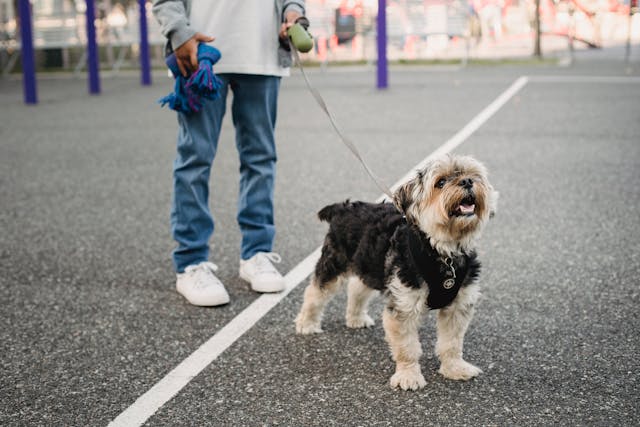
1. Create a Calm Environment
A calm environment provides a safe and serene space for your puppy to relax, reducing external stimuli that can cause excitement or anxiety.
How to Implement:
- Quiet Space: Designate a specific area in your home where your puppy can retreat to when they need to relax. This can be a crate, a pet bed, or a quiet corner of a room. Ensure this space is away from high-traffic areas and loud noises.
- Comfort Items: Include comfort items like a soft blanket, favorite toys, or a piece of clothing with your scent to help your puppy feel secure.
- Dim Lighting: Use dim lighting or nightlights to create a soothing atmosphere, especially during the evening or when it’s time for your puppy to rest.
- White Noise or Soft Music: Play soft music or white noise to mask sudden noises that might startle your puppy. This can help maintain a consistent and calming background noise.
Benefits:
- Reduces Anxiety: A calm environment helps reduce anxiety and stress, promoting relaxation.
- Promotes Rest: A designated quiet space encourages rest and sleep, which are essential for your puppy’s development.
- Sense of Security: Provides a safe haven where your puppy can retreat when feeling overwhelmed.
2. Use Calming Signals and Body Language
Using calming signals and body language involves interacting with your puppy in ways that promote calmness through your actions and demeanor.
How to Implement:
- Gentle Touch: When petting your puppy, use slow, gentle strokes. Focus on areas that they find soothing, such as behind the ears, under the chin, or along their back.
- Soft Voice: Speak to your puppy in a low, calm voice. Avoid high-pitched or excited tones, which can escalate their energy levels.
- Relaxed Posture: Maintain a relaxed and non-threatening posture. Avoid looming over your puppy or making sudden movements. Instead, crouch down to their level and move slowly.
- Yawning and Blinking: Mimic natural calming signals that dogs use with each other, such as yawning, slow blinking, and turning your head away slightly.
Benefits:
- Builds Trust: Reinforces a sense of trust and security between you and your puppy.
- Models Calm Behavior: Helps your puppy learn to mirror your calm demeanor.
- Reduces Overstimulation: Prevents overstimulation and helps your puppy stay relaxed in your presence.
3. Implement Relaxation Techniques
Relaxation techniques involve specific activities designed to calm your puppy’s mind and body, helping them achieve a relaxed state.
How to Implement:
- Deep Breathing: Practice deep breathing exercises in the presence of your puppy. Your calm breathing can have a calming effect on them as well.
- Massage: Use gentle massage techniques to help relax your puppy’s muscles. Focus on slow, circular motions on areas like the shoulders, neck, and back. This can help release tension and promote relaxation.
- Progressive Relaxation: Gradually work through different areas of your puppy’s body, starting from the head and moving to the tail, applying gentle pressure and soothing strokes to each area.
- Aromatherapy: Consider using calming scents like lavender or chamomile. Ensure any essential oils used are safe for dogs.
Benefits:
- Reduces Stress: Helps lower stress levels and promotes overall well-being.
- Promotes Physical Relaxation: Eases muscle tension and physical discomfort.
- Enhances Bonding: Strengthens the bond between you and your puppy through gentle, positive touch.
4. Distract and Redirect
Distracting and redirecting involves shifting your puppy’s focus from a source of excitement or undesirable behavior to a more appropriate and calming activity. This technique helps manage overstimulation and prevent the development of negative habits.
How to Implement:
- Identify Triggers: Recognize situations or stimuli that cause your puppy to become overly excited or engage in undesirable behavior. This could be other animals, loud noises, or specific objects.
- Introduce Distractions: When you notice your puppy becoming excited or about to engage in unwanted behavior, introduce a distraction. This can be a toy, a treat, or a command that your puppy knows well, such as “sit” or “look.”
- Redirect Focus: Guide your puppy’s attention towards the distraction. For example, if your puppy is barking at the doorbell, you can distract them with a toy and then redirect them to perform a calm behavior like sitting.
- Reward Alternative Behavior: Once your puppy’s attention is successfully redirected and they exhibit a calm or appropriate behavior, reward them with praise, treats, or play..
- Consistency and Patience: Be consistent in using this technique and patient as your puppy learns to shift their focus. Over time, they will become more adept at responding to distractions and redirections.
Benefits:
- Reduces Overstimulation: Helps manage and reduce instances of overstimulation by providing an alternative focus.
- Prevents Bad Habits: Interrupts and redirects undesirable behaviors before they become ingrained habits.
- Enhances Training: Incorporates basic training commands into everyday situations, reinforcing obedience and focus.
5. Provide Mental Stimulation
Mental stimulation involves engaging your puppy’s mind through activities that challenge their thinking and focus, which can help redirect excess energy and promote calmness.
How to Implement:
- Interactive Toys: Provide toys that require your puppy to think and solve problems, such as puzzle feeders, treat-dispensing toys, or interactive games. These toys keep your puppy engaged and mentally stimulated.
- Training Sessions: Conduct short, positive training sessions that focus on basic commands like “sit,” “stay,” or “lie down.” Use treats and praise to reward compliance. Training sessions provide mental exercise and help your puppy learn to concentrate.
- Scent Work: Hide treats or toys around your home and encourage your puppy to find them using their sense of smell. This activity stimulates their mind and provides a constructive outlet for their energy.
Benefits:
- Reduces Boredom: Keeps your puppy’s mind active and reduces boredom, which can lead to unwanted behaviors.
- Encourages Focus: Helps your puppy learn to focus and follow commands, promoting calm behavior.
- Constructive Outlet: Provides a constructive outlet for energy, reducing hyperactivity.
6. Establish a Routine
Establishing a consistent daily routine provides structure and predictability for your puppy, which can help reduce anxiety and promote calmness.
How to Implement:
- Consistent Schedule: Create a daily schedule that includes regular times for feeding, play, training, and rest. Consistency helps your puppy know what to expect and when.
- Feeding Times: Feed your puppy at the same times each day to create a predictable routine. Avoid free-feeding, which can lead to irregular energy levels.
- Play and Exercise: Schedule regular play and exercise sessions to ensure your puppy gets adequate physical activity. Balanced exercise helps burn off excess energy and promotes relaxation.
- Rest Periods: Include designated rest periods in your puppy’s schedule. Puppies need plenty of sleep for healthy development. Ensure they have a quiet space to nap and sleep at night.
- Bedtime Rituals: Nighttime is the only time you get to relax from the day long stress, but having a puppy at home won’t let you snooze off until you learn how to calm a puppy down at night. Establish calming bedtime rituals, such as a short walk followed by quiet time or a gentle massage, to signal to your puppy that it’s time to wind down for the night.
Benefits:
- Predictability: Provides a sense of security and reduces anxiety by creating a predictable environment.
- Balanced Activity: Ensures your puppy receives balanced physical and mental stimulation throughout the day.
- Promotes Healthy Sleep: Encourages healthy sleep patterns and helps your puppy feel well-rested and calm.
7. Reward Calm Behavior
Rewarding calm behavior involves reinforcing your puppy’s relaxed and composed actions with positive feedback. This technique helps your puppy understand that calm behavior is desirable and will be rewarded.
How to Implement:
- Identify Calm Moments: Observe your puppy and identify moments when they are naturally calm. This could be when they are lying down quietly, sitting still, or chewing a toy peacefully.
- Immediate Rewards: Provide immediate positive reinforcement when you notice calm behavior. This can be in the form of treats, gentle petting, or verbal praise. For example, say “Good calm” or “Good settle” in a soothing voice while giving the reward.
- Consistency: Consistently reward calm behavior throughout the day. The more consistently you reward these moments, the more your puppy will understand that being calm leads to positive outcomes.
- Gradual Increase: Gradually increase the duration your puppy needs to remain calm before receiving a reward. Start with short periods and slowly extend them as your puppy learns to maintain calm behavior for longer.
Benefits:
- Positive Reinforcement: Encourages your puppy to repeat calm behavior by associating it with positive outcomes.
- Behavior Shaping: Helps shape your puppy’s behavior over time, leading to a more consistently calm demeanor.
- Builds a Bond: Strengthens the bond between you and your puppy through positive interactions and trust-building.
Hyper Energy Dog Breeds
All puppies’ energy levels are high but there are some breeds that are extremist.
Few Dog Breed Examples
- Dalmatian
- Vizsla
- Belgian Shorthaired Pointer
- Border Collie
- Weimaraner
- Siberian Husky
- Jack Terrier
- Dutch Shepherd
- Bullmastiff
- American Pit Bull
Frequently Asked Questions
How long should I play with my puppy to prevent overstimulation?
It’s important to balance playtime and rest. Generally, short play sessions of 10-15 minutes, several times a day, are ideal. Monitor your puppy’s energy levels and behavior to ensure they are not becoming overstimulated.
What are some signs that my puppy is becoming overstimulated?
Signs of overstimulation can include excessive barking, nipping, zoomies (frantic running), difficulty settling down, and a lack of focus during training sessions. Recognizing these signs early can help you take steps to calm your puppy.
Can certain foods or treats affect my puppy’s energy levels?
Some treats and foods are high in sugar and can be additive for your puppy. It’s recommended to choose natural and high quality food items and treats to avoid unnecessary hyperactivity.
How can I help my puppy adjust to new environments without getting overly excited?
Gradual exposure is key. Introduce your puppy to new environments slowly and use positive reinforcement to reward calm behavior. Bringing familiar items like their favorite toy or blanket can also help them feel more secure.
Is it normal for puppies to have bursts of energy before bedtime, and how can I manage this?
Yes, it’s common for puppies to have energy bursts before bedtime, often referred to as “zoomies.” To manage this, engage them in a calming routine before bed, such as a short walk, gentle play, or a calming massage.
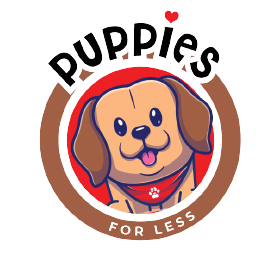
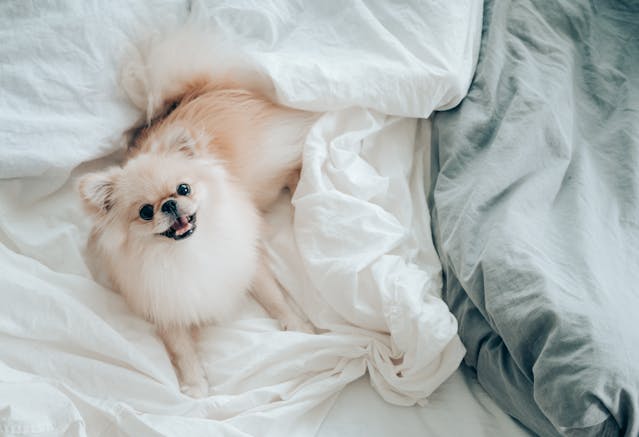
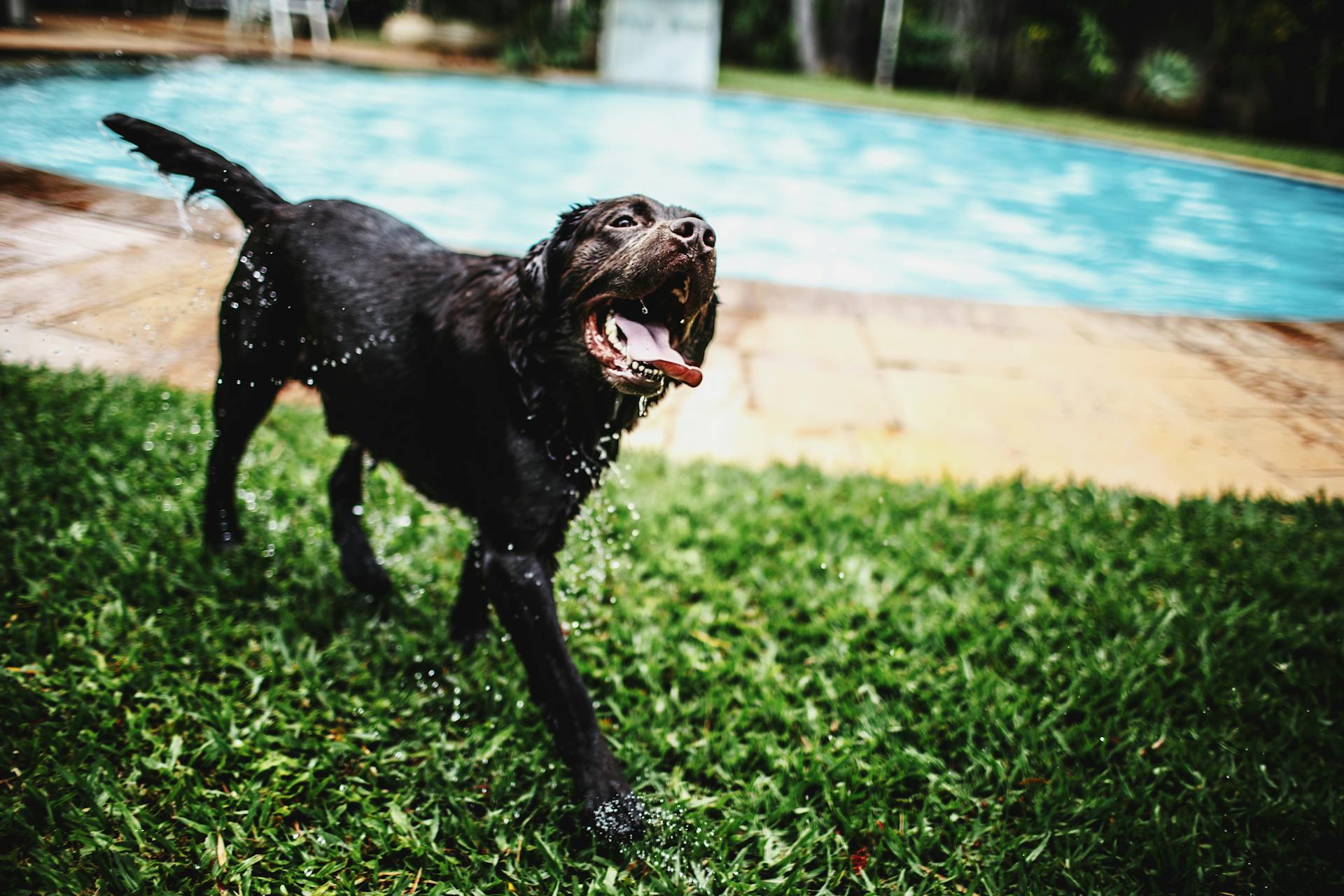

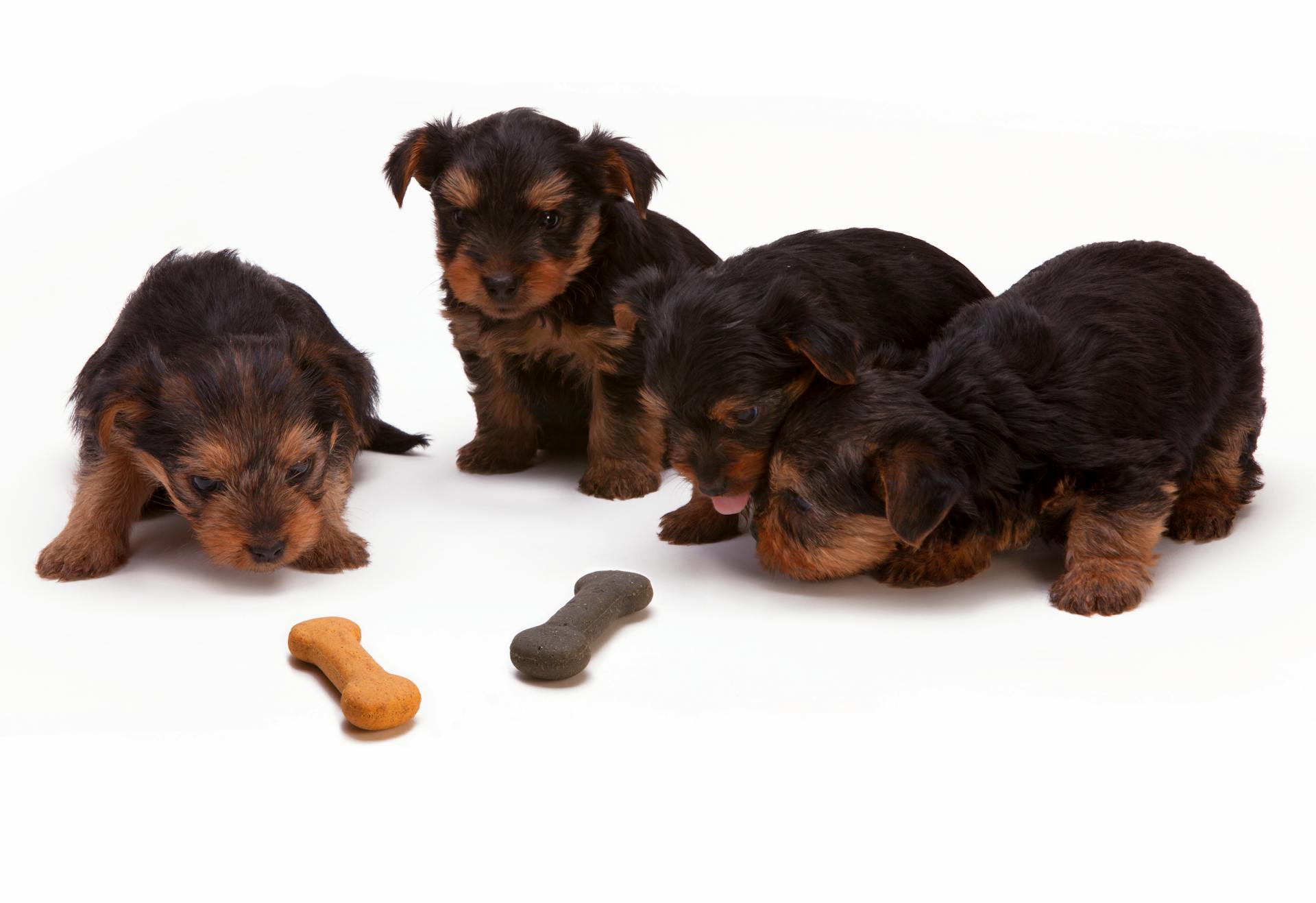
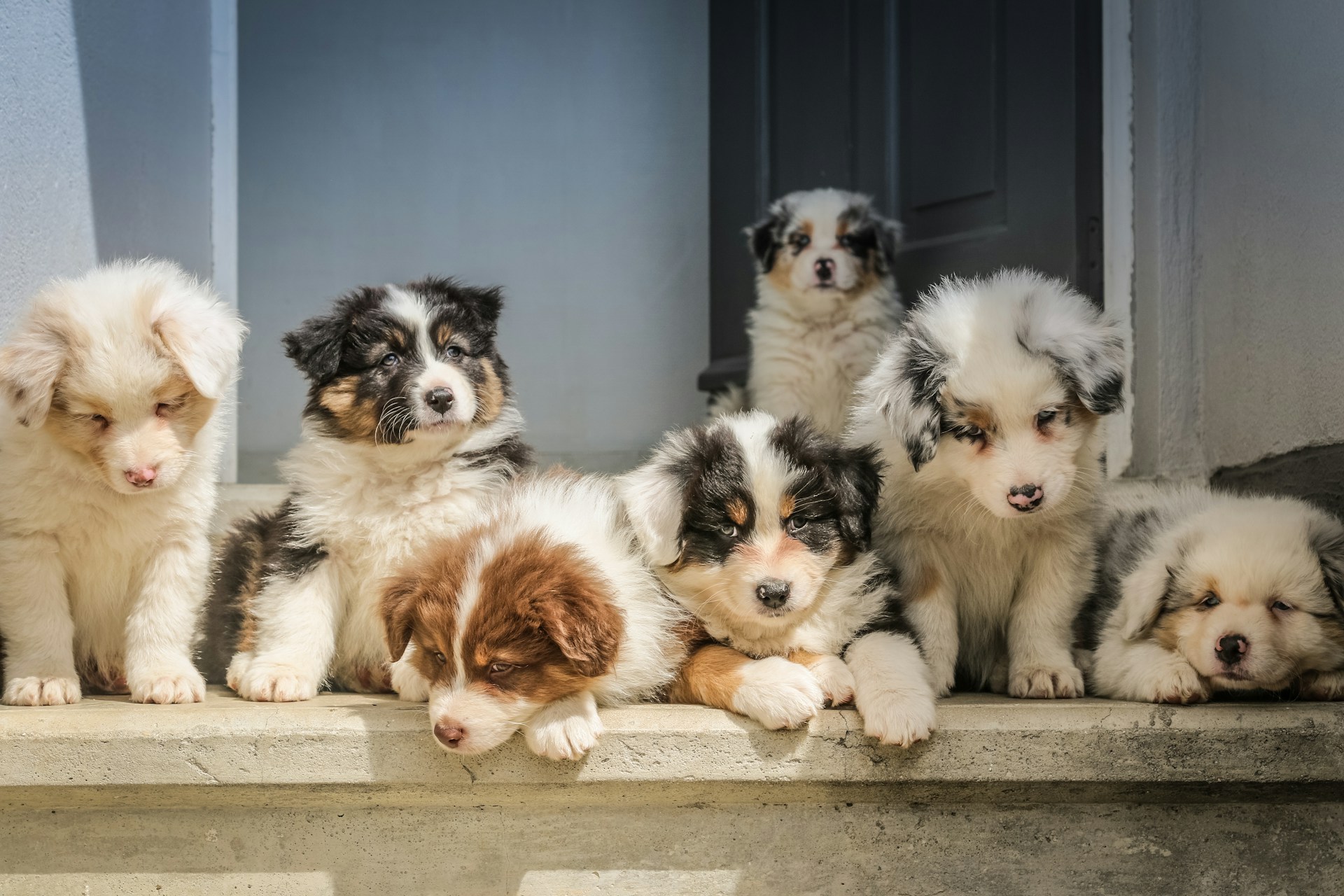
[…] absolutely possible. Start by understanding why your puppy barks and use positive reinforcement to encourage calm […]